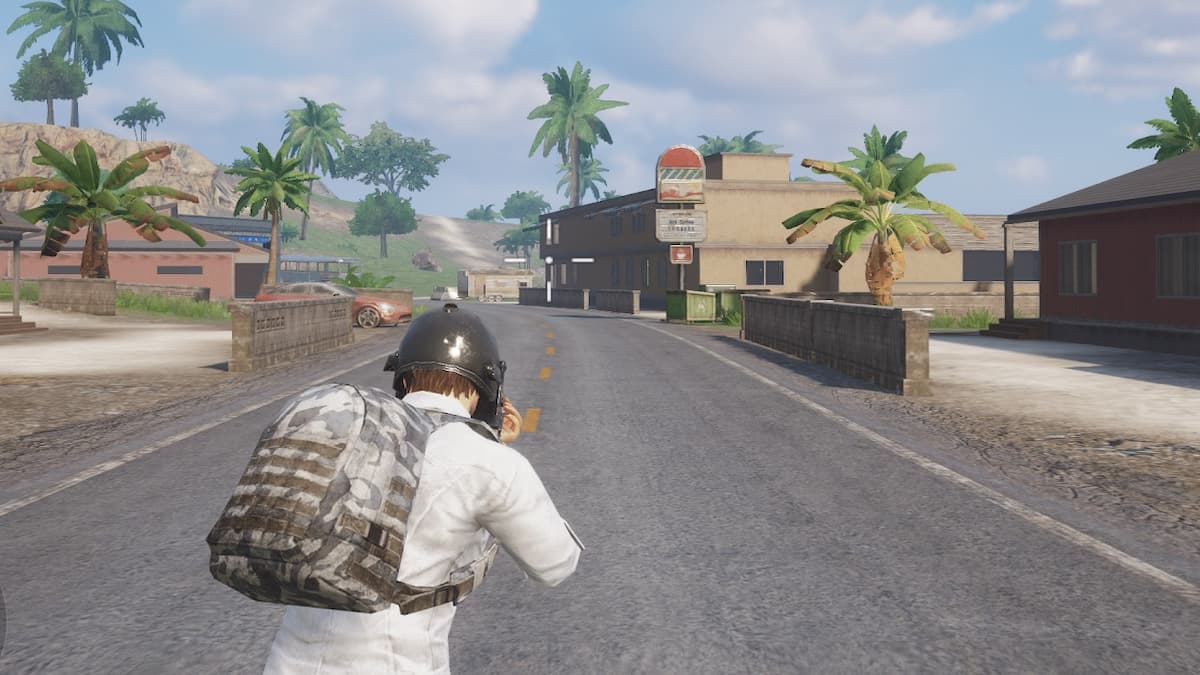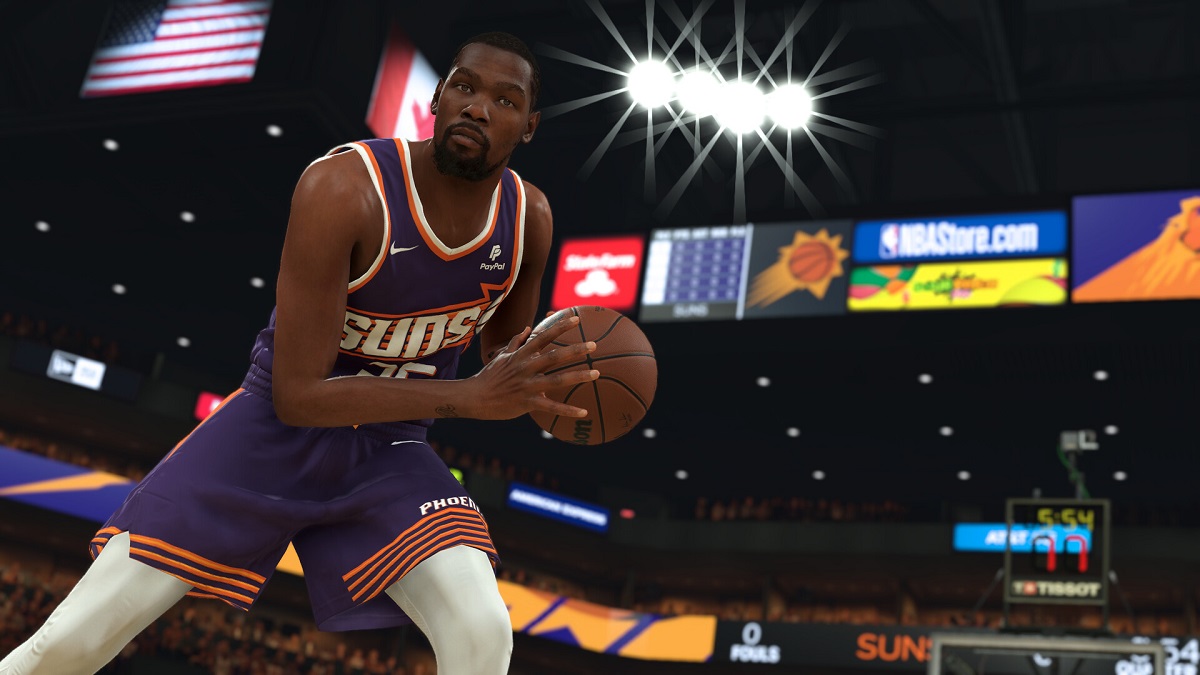Making your way effectively through EVE Online‘s game world can be a tricky skill to master.
Knowing what you are looking at is key and being confronted by the user interface for the first time is a little like being thrown into the cockpit of a commercial airplane running Windows.
To be fair, a lot of the visible buttons are only there just in case. You’ll rarely need most of them, so don’t let them intimidate you. The tutorial really does help ease the rookie into grappling the basics–even if it remains a text-heavy and bland experience, it is worth persevering.
The Camera
The camera control system isn’t necessarily one which would be familiar to most players—leaning more toward real-time strategy than a flight simulator as one might expect—but once the idea is accepted that your camera orbits the ship you are controlling in three dimensions, orientation becomes a lot easier.
 Taking the time to discover the idiosyncrasies of the camera system will greatly improve quality of life later on. For a more cinematic viewing experience, try setting up the tracking camera, which auto-focuses the camera on whichever object is selected whilst keeping your ship in shot (click the icon in the top-left corner of the ‘selected item’ pane to access).
Taking the time to discover the idiosyncrasies of the camera system will greatly improve quality of life later on. For a more cinematic viewing experience, try setting up the tracking camera, which auto-focuses the camera on whichever object is selected whilst keeping your ship in shot (click the icon in the top-left corner of the ‘selected item’ pane to access).
The Overview
A key lesson to learn is: do not try to interact directly with objects in space–instead, use the overview. The main view does a great job of being visually impressive, but the “brackets” (the symbols overlaid onto every object in space) can often be moving or crammed together making interacting with the right one a challenge. EVE Online‘s interface is currently very reliant on right-click drop-down menus which all combines to make selecting the right object and action in the heat of the moment akin to keyhole surgery.
 The solution is to use the overview, which is a clunky but vital beast and is a relic of EVE Online‘s aging legacy. The overview is a dynamic, text-based presentation of all objects detectable by your ship, from nearby vessels and in-space objects to distant planets and stargates. It’s not pretty, but it is the best tool by which to navigate and select objects.
The solution is to use the overview, which is a clunky but vital beast and is a relic of EVE Online‘s aging legacy. The overview is a dynamic, text-based presentation of all objects detectable by your ship, from nearby vessels and in-space objects to distant planets and stargates. It’s not pretty, but it is the best tool by which to navigate and select objects.
The overview can be customised to suit and it is highly recommended that time is taken to become familiar with it and even set up multiple configurations as necessary. The intricacies and complexities of getting the overview set up to suit your gameplay style is beyond the scope of this article, but here are some links to further aid your quest:
- The EVElopedia Overview Tutorial is the official CCP site documenting overview set up and use.
- The UniWiki Overview Guide is a more in-depth document by EVE University.
- The GoonWiki Overview Settings page is a solid guide.
- For a quick fix, try Blood and Sand Blog’s guide to importing pre-made overview settings.
For a brief video on how to make this work, check out ORCACommander’s 4-minute Overview Set Up Tutorial:
Local Channel
Channels in EVE are text-driven chat-rooms. There are hundreds available in EVE and they are key organisational tools for the myriad communities throughout New Eden. Depending on the access privileges, most channels can be joined by any one from anywhere in the game world. The Local channel is one of the exceptions.
Every player automatically joins the Local channel of whichever star system he is in. This is compulsory and cannot be opted out of. As such, it is a vital indicator of who is nearby. A good EVE pilot will vigilantly monitor the Local channel, even if they never use it to communicate. It can serve as a ship-saving early warning system, making the arrival of potential hostiles easy to notice.
In high-security systems, traffic is often high and few, if any pilots are likely to be aggressively hostile (notwithstanding war declarations, factional warfare affiliations and Hulkageddon/Burn Jita type player events), but as space becomes more hostile, the Local channel becomes more vital. In low-sec (0.4 – 0.1) and null-sec (0.0) it is the second thing a pilot should check on entry to a new system (the first being the overview).
Next: A Guide to Guides
First Steps in EVE Online Series Contents
- Introduction
- Finding a Purpose
- The EVE Philosophy
- Understanding Your Environment
- A Guide to Guides
- Four Must Have EVE Online Resources for Rookie Players






Published: May 20, 2013 08:44 am